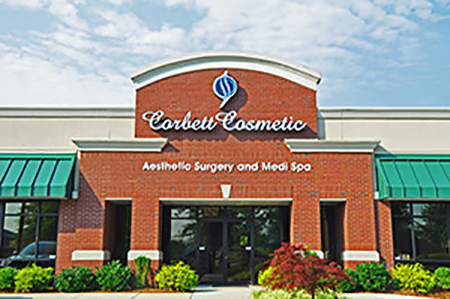This blog is created with Men in mind. Ladies, you already know this stuff.
Not infrequently, I field the question, “My wife/girlfriend wants a ‘boob job’, what’s that cost?” In Louisville, boob job is typically synonomous with Breast Augmentation or the combination of a Breast Augmentation with a Breast Lift.
An augmentation is where only an implant is placed behind the breast to increase its’ volume. Often, her complaint is that with aging and after kids the upper half of the breast has lost volume. An implant will restore the volume and give her the full appearance and improved cleavage she has lost.
Now, if most of her breast and or the nipple rests below the fold under her breast, she will need a lift with or without an implant. If she is happy with her size, a lift alone is good. If she wants everything back up where it used to be and size, she will need the lift implant combo. This is a more complex operation with a higher cost and more scarring implications.
Costs vary pretty widely depending on what type of implant is used and how much of a lift is needed. Things can range from $4,000 up to 7 or $8,ooo depending on her starting point.
Guys, I hope this helps. It’s not all inclusive of what’s involved, but it will catch you up with what your wife/girlfriend probably already knows.
Lee Corbett, MD
www.CorbettCosmeticSurgery.com
502.721.0330
All posts on this blog are presented by Louisville, Kentucky breast implant specialist, Dr. Lee Corbett.



